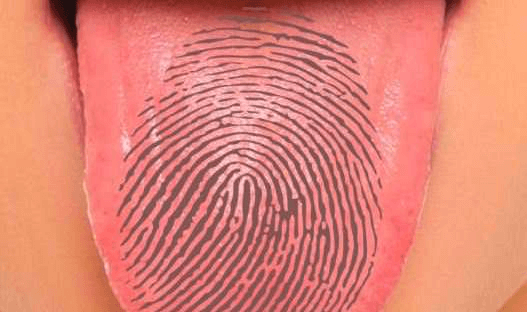Lips like fingerprints are all unique and no two lip impressions are identical

Lips, Like Fingerprints, are All Unique: The Fascinating World of Lip Impressions

Did you know that your lips are as unique as your fingerprints? Just like snowflakes, no two lip impressions are identical. This captivating fact has intrigued scientists and forensic experts for decades, as they have discovered the immense potential of lip prints in the field of identification and criminal investigation.
The concept of lip prints, also known as cheiloscopy, was first introduced in the late 19th century by French anthropologist Edmond Locard. Since then, extensive research has been conducted to explore the individuality and characteristics of lip patterns.
In a groundbreaking study published in the Journal of Forensic Dental Sciences, researchers observed that lip prints can be classified into different types based on the arrangement of lines and grooves. These patterns can be broadly categorized into distinct types, including vertical, branched, reticular, and intersected. Each of these categories further varies in their subdivisions, leading to a vast array of unique lip prints.

The uniqueness of lip impressions lies in the presence of numerous ridges and lines on our lips. These patterns are formed during the early stages of fetal development and remain constant throughout our lives. Interestingly, these lip patterns not only vary between individuals but also between the upper and lower lips of the same person.
The field of forensic science has utilized lip prints as a reliable tool for identification purposes. Law enforcement agencies and forensic experts have employed lip prints as evidence to link suspects to crime scenes. Just like fingerprints, lip impressions act as a personal identifier that can eliminate or confirm the presence of an individual at the scene of a crime.
Moreover, lip prints have also proven to be a valuable complementary tool in the identification of deceased individuals. In certain cases where traditional means of identification are not feasible, lip prints provide an alternative method to establish the identity of the deceased.
However, it is important to note that lip prints are not only limited to forensic applications. Researchers have also delved into the potential use of lip impressions in various fields of study, such as anthropology, genetics, and dermatology. These unique patterns could potentially shed light on genetic variations and hereditary traits, adding yet another dimension to our understanding of human diversity.
While lip prints may not receive the same level of attention as fingerprints, they undoubtedly play a significant role in the realm of identification and forensic science. The intricate patterns and variations present in our lips provide an invaluable tool for investigators and researchers alike.
In conclusion, the distinctiveness of our lips, akin to fingerprints, sets us apart as individuals. The scientific world continues to unravel the mysteries hidden within our unique lip impressions, making remarkable strides in the fields of forensic science and beyond.
Source:
Share
Related Posts
Quick Links
Legal Stuff

